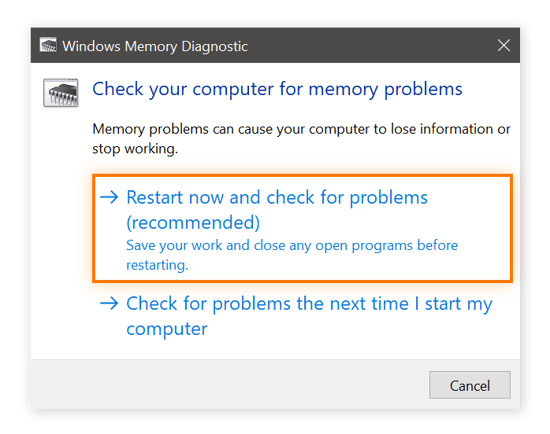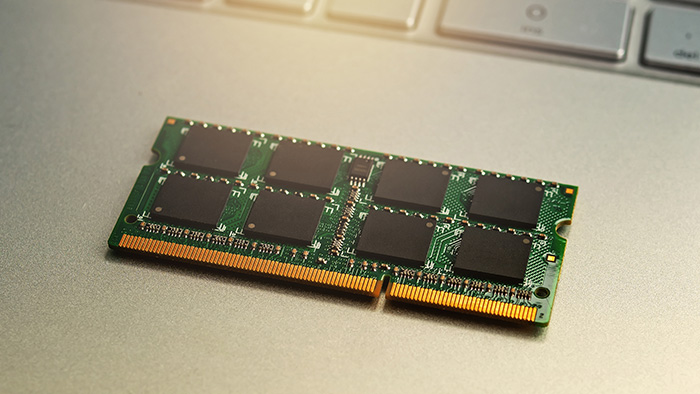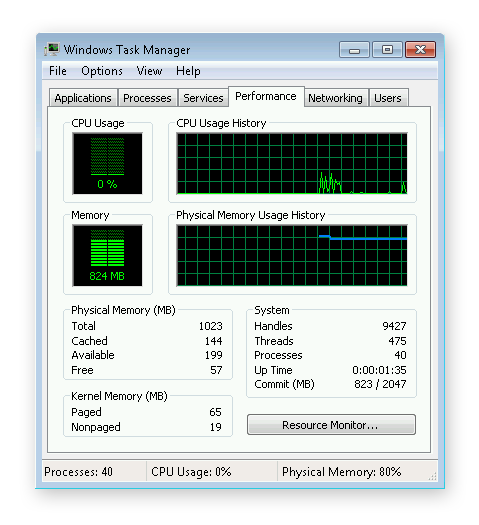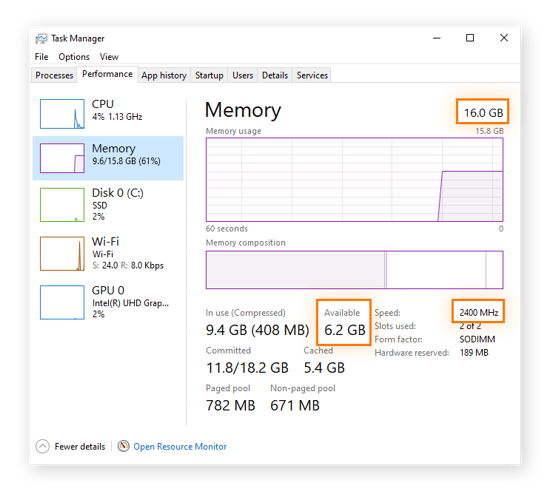Ace Info About How To Check The Memory Of My Computer

If you mean can you see if it has a msata or mssd drive go to computer right click and select manage and then disk.
How to check the memory of my computer. This operation will tell your ram type in numeral form as well. This shows you the size and speed of. Then, type “system settings” into the search bar and click on the icon that appears.
Make sure that the computer is set up to get a complete memory dump file. Press windows + i keys to open the settings window and then. You’ll see the total memory capacity at.
To check the total amount of memory with the settings app, use these steps: To do this, click on the activities icon in the top left corner of your screen. Click on system and security.
To check ram via settings, you can follow steps below. Get your free scan today! In the system properties window, the installed memory (ram) entry displays the total amount of ram.
Up to 10% cash back in fact, a quick ram check will reveal your total ram, ram speed, and ram type all in one place. In system properties, on the advanced tab,. Press the windows key, type task manager, and then press enter.
All the information you need to know about how much ram is in your pc will appear in the main portion of the screen. Ctrl + shift + esc the task manager should appear click on the “performance” tab and check the section titled “memory” A quick video that shows how to find out how much ram/memory you have on windows 10 systems.
This windows tutorial show you how to use the free tools and uti. This shows you details for each ram module as you can see here. To open up resource monitor, press windows key + r and type resmon into the search box.
Wmic memorychip get banklabel, devicelocator, capacity, speed. Here’s how to do that. Run the windows memory diagnostic.
It’s included on windows 10, windows 11, windows 7, and all other modern. How do i check my computers memory? Ad boost computer speed & performance in 3 easy steps.
Find out how much storage your pc has select the start button, and then select settings. On windows 10 and windows 11, use the task manager. In the window that appears, click the performance tab ( a ), then select memory ( b ).















![How To Check Ram Memory System Specs [ Pc / Laptop / Computer ] - Youtube](https://i.ytimg.com/vi/t2PdZQIww20/maxresdefault.jpg)


